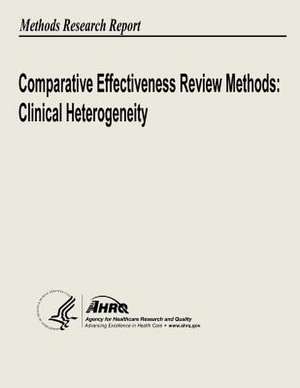Comparative Effectiveness Review Methods
Autor U. S. Department of Heal Human Services, Agency for Healthcare Resea And Qualityen Limba Engleză Paperback
Preț: 158.24 lei
Preț vechi: 166.56 lei
-5% Nou
Puncte Express: 237
Preț estimativ în valută:
30.28€ • 32.38$ • 25.25£
30.28€ • 32.38$ • 25.25£
Carte disponibilă
Livrare economică 27 martie-10 aprilie
Preluare comenzi: 021 569.72.76
Specificații
ISBN-13: 9781484997062
ISBN-10: 1484997069
Pagini: 226
Dimensiuni: 216 x 279 x 12 mm
Greutate: 0.54 kg
Editura: CREATESPACE
ISBN-10: 1484997069
Pagini: 226
Dimensiuni: 216 x 279 x 12 mm
Greutate: 0.54 kg
Editura: CREATESPACE
